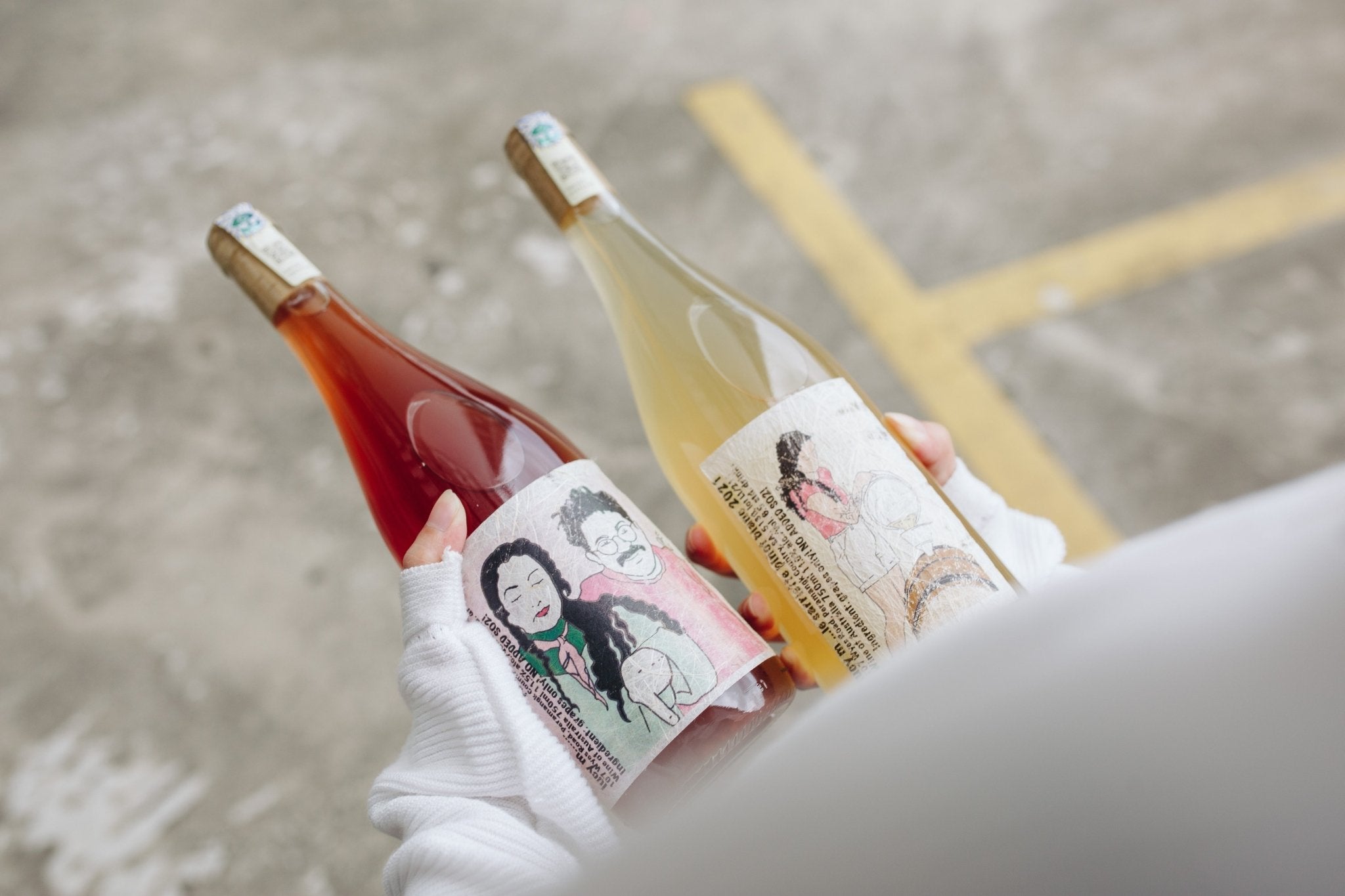Champagne vs Prosecco: Exploring the Bubbles of Celebration

When it comes to sparkling wines, Champagne and Prosecco are two names that often come to mind, and are often associated with celebrations and special moments.
But what sets Champagne apart from Prosecco? How are they different? In this blog, we’re taking a deep dive into the world of Champagne and Prosecco, exploring their fascinating histories, highlighting their differences, and uncovering some fun facts along the way. Sit back, pop open a bottle and join us!
What is Champagne?
Champagne, often regarded as the pinnacle of sparkling wines, has a rich history dating back centuries. The story of Champagne begins in the historic region of Champagne, located in northeastern France. Although the region's winemaking roots can be traced back to Roman times, it was only during the mediaeval period that Champagne started gaining prominence. Initially, the wines produced in Champagne were still, non-sparkling wines, similar to the wines of other regions. It wasn't until the 17th century that the bubbles we associate with Champagne today were discovered.
Legend has it that the discovery of the distinctive bubbles in Champagne was accidental. In the early 17th century, winemakers in Champagne faced a unique challenge—the cold temperatures of the region caused the fermentation process to halt during the winter. When spring arrived, the remaining yeast in the wine reactivated, leading to a second fermentation in the bottle. This secondary fermentation created carbon dioxide gas, which, unable to escape, dissolved into the wine, creating bubbles. Initially considered a flaw, this soon became a sought-after characteristic.
In the same century, a remarkable figure named Dom Pérignon, a Benedictine monk, left an indelible mark on Champagne's history. Though not the inventor of Champagne, he revolutionised its production with his refined techniques. Dom Pérignon skillfully blended grape varieties and introduced stronger glass bottles capable of withstanding the effervescence (bubbles). His unwavering commitment and expertise established the benchmarks for Champagne quality that endure to this very day.
What Makes Champagne Different:
Champagne is primarily made from three grape varieties: Chardonnay, Pinot Noir, and Pinot Meunier. The traditional method, also known as the méthode champenoise, involves a secondary fermentation in the bottle, creating those elegant, fine bubbles. The ageing process, known as "lees ageing," adds complexity and richness to the wine. Champagne is known for its distinct characteristics of toasty notes, citrus flavours, and lively acidity.
Fun Facts:
- Did you know that Champagne was once considered faulty? The bubbles were seen as a flaw and efforts were made to eliminate them. It was only later that the effervescence became an integral part of Champagne's appeal.
- Champagne bottles undergo a rigorous ageing process, sometimes spending years in dark cellars before they reach your glass. This patient maturation contributes to the complexity and finesse of the final product.
- Did you know that the unique shape of a Champagne glass, known as a coupe, is believed to have been modelled after the breast of French Queen Marie Antoinette? However, contrary to popular belief, the coupe was not designed specifically for her. Another intriguing theory suggests that the shape was inspired by ancient Roman drinking vessels or even the craters of the moon!
What is Prosecco?
When it comes to sparkling wines, Prosecco has charmed wine enthusiasts around the world with its refreshing taste and lively bubbles. Originating from the picturesque region of Veneto in northeastern Italy, Prosecco too has a rich history that dates back several centuries. The exact origins of Prosecco can be traced back to ancient Roman times when vineyards were first established in the area. However, it was during the 18th century that the Prosecco we know today started to take shape.
At the heart of Prosecco is the Glera grape, which is responsible for its distinctive flavour profile. Glera is a white grape variety native to the Veneto region and is known for its bright acidity, floral aromas, and delicate fruit flavours. These characteristics contribute to the light and refreshing nature of Prosecco, making it a popular choice for those seeking a lively and approachable sparkling wine.
While Prosecco has a long history in Italy, its popularity surged in recent decades, capturing the hearts of wine lovers worldwide. The accessible price point, versatility, and vibrant character of Prosecco have contributed to its widespread appeal. Prosecco's rise in popularity can also be attributed to its association with celebrations and casual gatherings, making it a go-to choice for toasts and social occasions.
What Makes Prosecco Different:
Unlike Champagne, Prosecco undergoes a different winemaking process known as the Charmat method. This method involves conducting the secondary fermentation, where the bubbles are formed, in large pressurised tanks instead of individual bottles. This approach helps to preserve the wine's fresh and fruity flavours while producing a vibrant effervescence (bubbles) that delights the palate.
Prosecco is known for its approachable and easy-drinking nature. It offers vibrant flavours of green apple, pear, and floral notes. The bubbles in Prosecco are generally lighter and less persistent compared to Champagne. Prosecco is often enjoyed as an aperitif (an alcoholic drink taken before a meal in order to stimulate the appetite) or in cocktails like the famous Bellini.
Fun Facts:
- In terms of production volume, Prosecco surpasses Champagne. The popularity of Prosecco has soared in recent years, making it a favourite among sparkling wine enthusiasts.
- Prosecco gained the prestigious DOCG (Denominazione di Origine Controllata e Garantita) status in 2009. This designation is the highest level of quality assurance for Italian wines, ensuring that Prosecco produced in specific regions meets strict standards of grape cultivation and winemaking techniques.
In the battle of the bubbles, Champagne and Prosecco each offer their unique charm and characteristics. Champagne showcases elegance, depth, and a sense of tradition, while Prosecco exudes freshness, fruitiness, and accessibility. Whether you're toasting a special occasion or simply enjoying a glass of bubbly, both Champagne and Prosecco have their place in the world of celebration.



